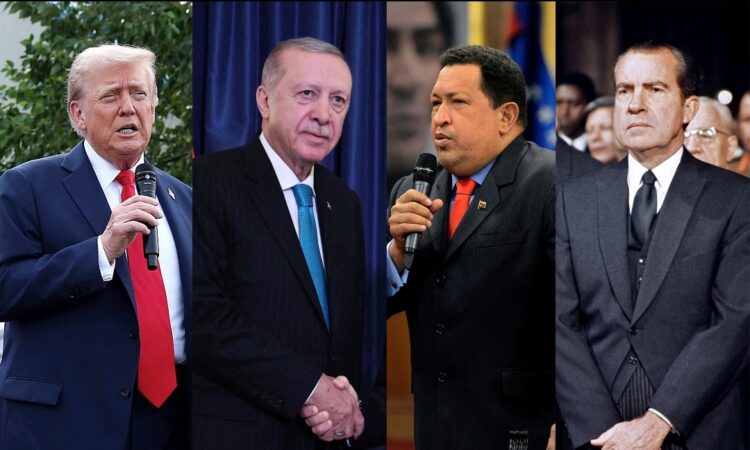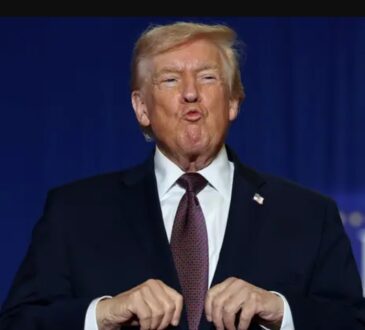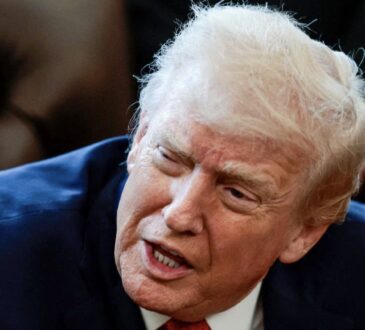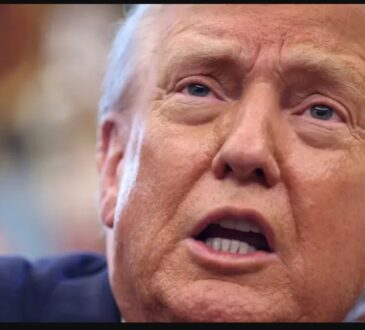
Donald Trump has been putting a lot of pressure on the Federal Reserve to lower interest rates. At the same time, the Department of Justice has started a criminal investigation into Lisa Cook, a recently fired Fed governor, based on weak claims of mortgage fraud. Cook has already sued the administration to keep her position, so the timing of this investigation looks suspicious.
This is part of a bigger pattern where Trump uses government power against people he sees as opponents. He wants more control over the Federal Reserve, which is supposed to be independent so it can make decisions that help the economy in the long run. From the start of his presidency, Trump tried to get the Fed to do what he wanted. He publicly threatened to fire Chairman Jerome Powell and even talked about suing him. When that didn’t work, Lisa Cook became his next target.
The accusations against Cook are only allegations, and they happened before she worked at the Fed. Trump’s goal seems clear: he wants to push for lower interest rates to give the economy a short-term boost before the next election, even if that causes serious long-term harm. Forcing the Fed to act politically instead of independently could damage both the economy and democracy.
This is not a new tactic. In Turkey, President Erdoğan pressured the central bank in 2008, and the currency collapsed. In Venezuela, Hugo Chávez took control of the central bank, and inflation went out of control. The United States has seen something like this before, too. In the early 1970s, President Richard Nixon pushed the Fed to keep rates low to help his re-election, which led to years of high inflation and economic trouble.
The Fed, along with other agencies like the FDIC and the FTC, was designed by Congress to operate independently so that presidents cannot use them for short-term political gain. Federal law has long protected their independence by making it illegal for a president to remove their leaders without a valid reason. But Trump has tried to fire officials at the FTC and other agencies without proper cause, and courts have ruled some of these actions illegal. These cases are now being appealed, and the Supreme Court will soon decide if a president can fire leaders of independent agencies at will.
If the Court gives Trump that power, it could create chaos in the markets and shake global trust in the U.S. economy. History shows that when presidents put their political goals above sound economic policy, the result is usually inflation, lost investment, and high unemployment. Nixon’s manipulation of the Fed in the 1970s is a clear example.
Today, with job growth slowing, GDP stagnating, and inflation rising again, Trump is trying similar tactics—firing Fed officials, threatening them, and demanding rate cuts. The future of the U.S. economy now partly depends on the courts. They must decide whether to protect the independence of agencies like the Federal Reserve or give Trump the power to control them as he wishes.




